All about the Cotyledon flower
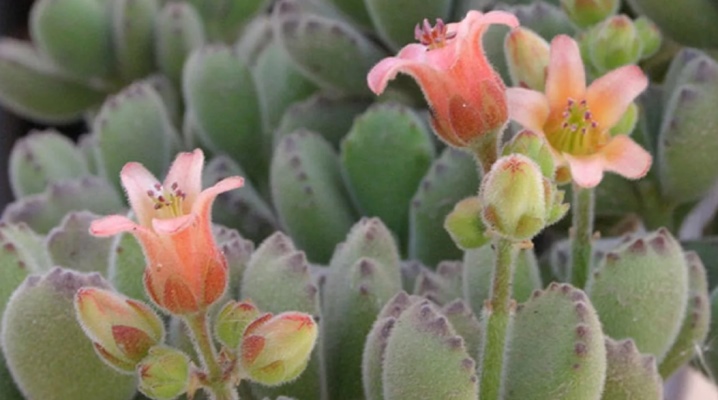
Cotyledons are succulents, stunted plants from hot countries. They are characterized by thick leaves in which moisture prudently accumulates. You can read other details in our article.
Description
Cotyledons are small perennial shrubs from the Tolstyankov family; according to various sources, they number from 20 to 50 species. Indoor ornamental plants look exotic. Thanks to easy care, extraordinary beauty and compact size, whole collections of cotyledons can be found on windowsills even among novice florists.
These succulents in the wild are common in the Arabian Peninsula, North Africa and South America. And in flower pots, they can be found all over the globe.
Cotyledons are bushes from 30 to 70 cm high, at home they do not grow higher than 10-15 cm. Succulents develop extremely slowly, they are content with a small flower pot, you can always count on their compactness.
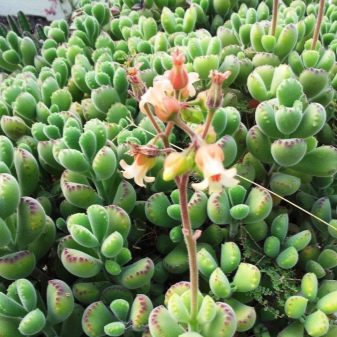
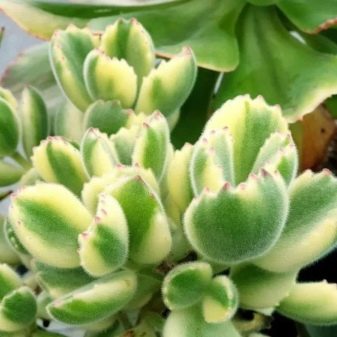
Cotyledon stems are branched and very fragile. Depending on the species, they can have a light green, bluish or brownish tint. Over time, the trunk becomes stiff. The root is fibrous, branched.
Leaves are formed oppositely on short petioles or without them at all. The leaf shape depends on the species: it can be rhombic, round, oval and even triangular. In addition to the monochromatic color, there is also a variegated look. There are varieties with pubescent leaves or a contrasting contour line circled around the edges.
Some leaves form rosettes, from which flower stalks with sizes from 10 to 30 cm appear in spring. The latter can also rise from the tops of plants.
The flowers have a tubular shape, resemble bells, and are formed on paniculate inflorescences. Depending on the type, the flowers can be yellow, orange, cream, pink, red. Indoor succulents bloom from March to August.
When purchasing cotyledons, it should be borne in mind that many of the species can be toxic. If there are animals or small children in the house, it is better to immediately - when buying - inquire about the safety of the plant.
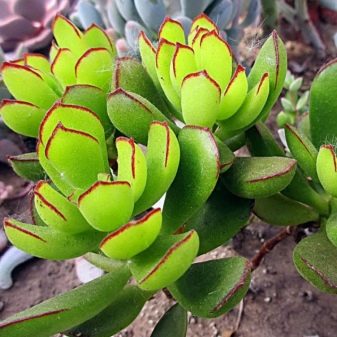
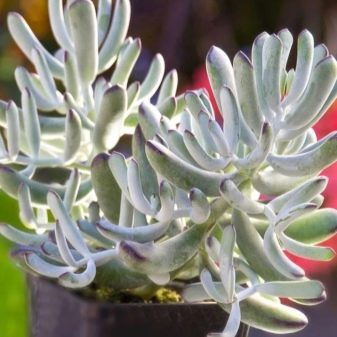
Views
For an unusual exotic appearance, diminutiveness and unpretentiousness, lovers of cacti and succulents often collect a collection of cotyledons, of which there are many known today. We suggest that you familiarize yourself with the most popular of them.
Cotyledon Tomentosa (felted, Cotyledon Tomentosa)
The bush has a spectacular and distinctive appearance. It is called "bear paws" for its round, fleshy leaves with colored serrations, similar to the claws of an animal. The leaf plates are endowed with pleasant pubescence, which is the reason for the second name of the flower - felt. The plant blooms with delicate orange bells.
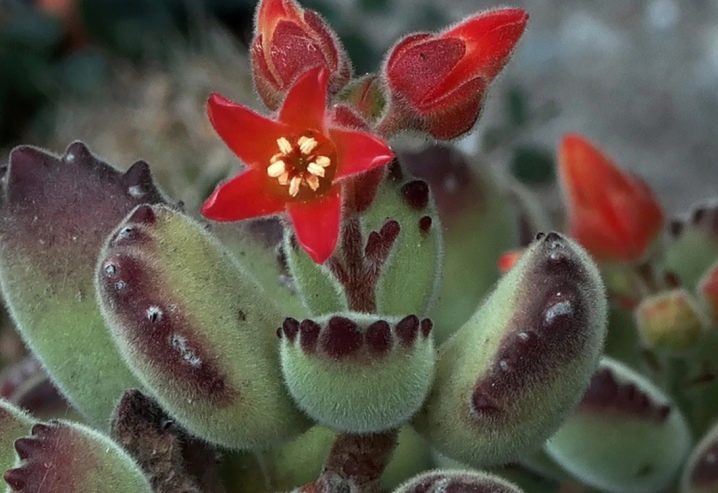
Round cotyledon (orbiculata, Cotyledon Orbiculata)
The rounded leaves of the succulent Orbiculata have a beautiful waxy coating. In some varieties, the leaf plate is flatter, with a contrasting border, in others, the leaves are fleshy, voluminous, similar to sea pebbles. The plant produces tall stems with orange tubular flowers.

Cotyledon pendens
A rare ampelous species of succulent. Adult specimens contain many small, plump leaves (1.5 cm) on long branches hanging from the pot, so the flower has to be hung up so as not to damage them. At the moment of flowering, the plant is hung with wonderful pink-orange bells. Cotyledon pendens tolerates artificial light well, which makes its shoots even longer. The bush propagates by cuttings, it is impossible to plant leaves.
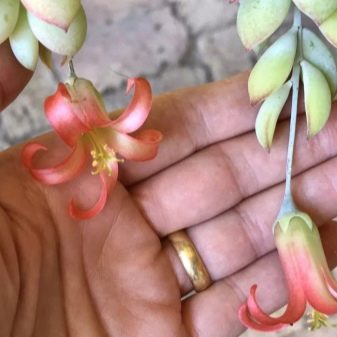
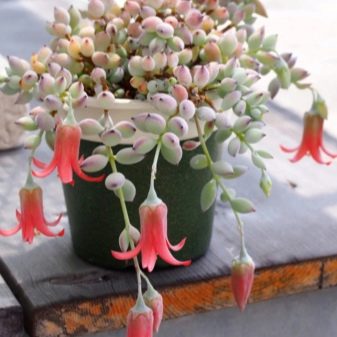
Cotyledon undulate
The highlight of this type is an unusual wavy border located on round or diamond-shaped leaves. A succulent plant produces a peduncle with tubular flowers ranging from pale yellow to deep orange shades. A young plant may have a velvety bloom.

Cotyledon Ladismithiensis
A small bush similar in appearance to the felt species of Cotyledon Tomentosa. Differs in a thicker silvery pile on the leaves and large flowers in the form of wonderful bells.

Cotyledon papillaris
Under natural conditions, the bushes grow no more than half a meter, in indoor ones they can be up to 20 cm in diameter, but rarely bloom. They differ from most types of cotyledons in narrow long leaves, pointed at the ends. In a young plant, they are actually located on the ground. In an adult succulent, especially with a lack of lighting, paired leaves grow vertically on an upward shoot.
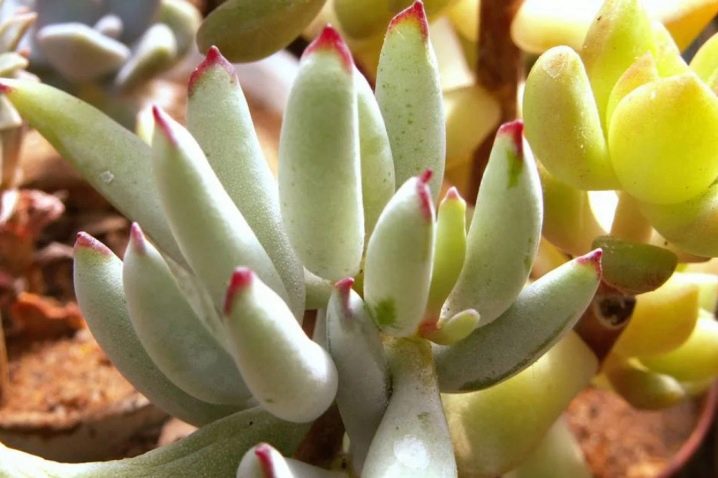
Tylecodon buchholzianus
Tilecodon is an anagram of the word cotyledon. Until 1978, they formed one large genus, but then Tylecodon began to be distinguished into a separate group. Buchholz species is one of the smallest and slowest growing succulents, even in its natural environment it grows only up to 20 cm. The plant has a caudex (massive stem root) from which thick branches emerge. Throughout the winter and until spring, the plant contains rare leaves, and the rest of the year does just fine without them.
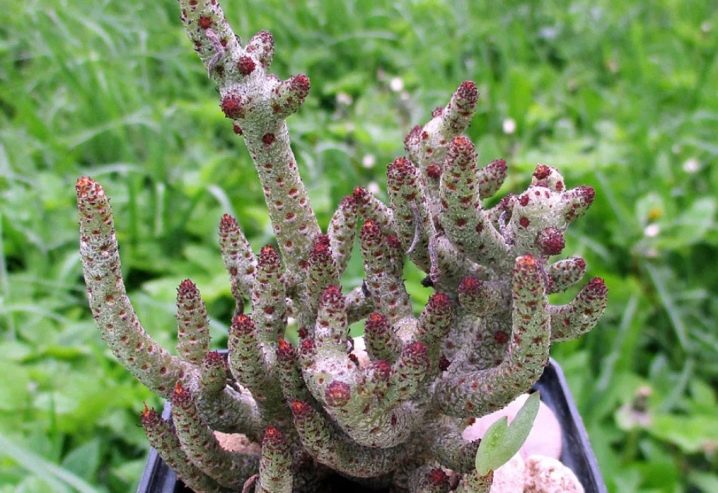
Cotyledon Jacobseniana
In the wild, the shrub grows in southern Africa. In appearance it is inferior to many succulents. Moderately elongated leaves are located on a thin creeping stem. The leaves are narrowed, boat-shaped. Flowers in most cases are endowed with a reddish tint.
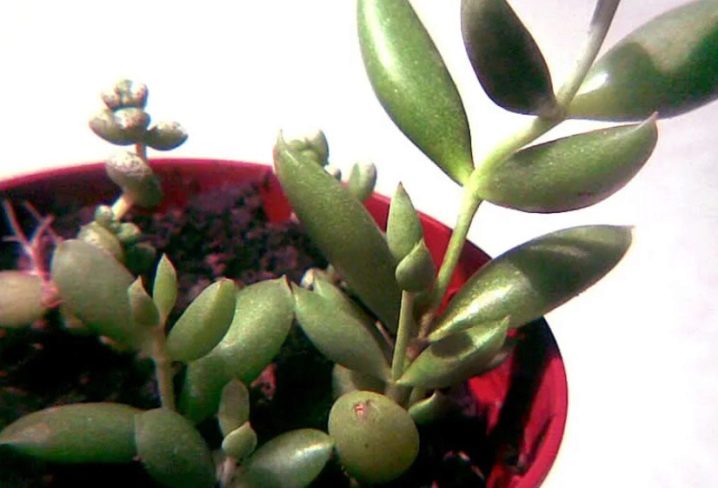
Cotyledon elisae
A succulent plant with velvety and at the same time sticky spatulate leaves of a light green color. With an abundance of light, it acquires a beautiful red border, and with a lack of lighting, it stretches strongly and loses its attractive appearance. It blooms for a long time and profusely with scarlet bells, and when the peduncle dries up, it begins to branch.
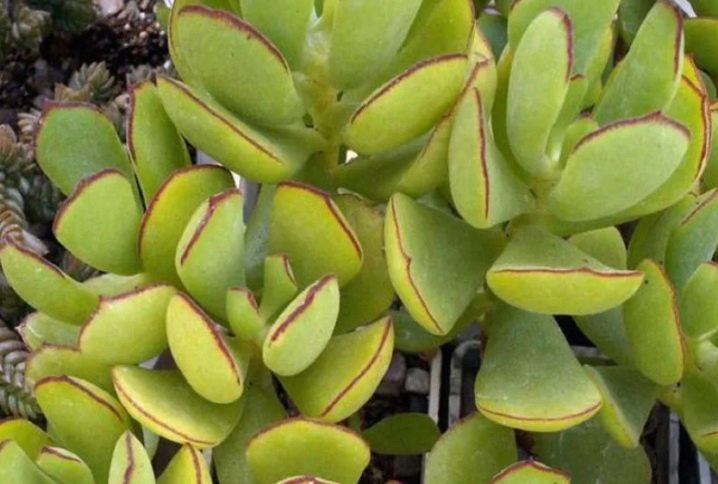
Cotyledon Saxifrage
Small shrub, contains a rosette with lanceolate leaves open in all directions. In June, the plant produces a peduncle with paniculate white flowers.
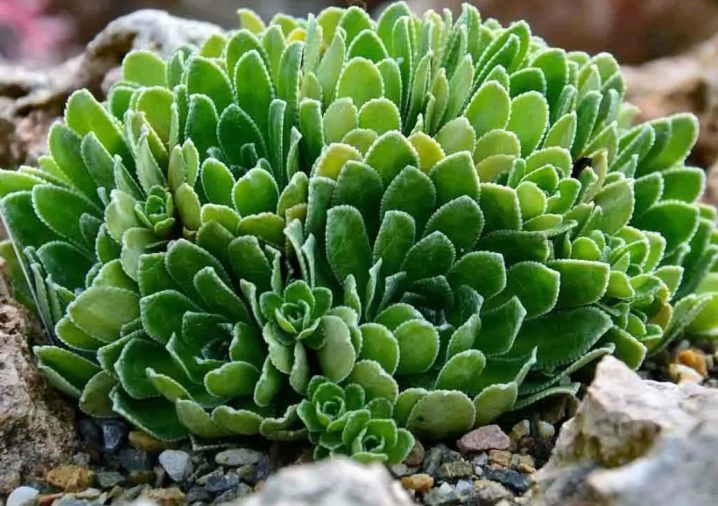
Cotyledon macrantha Berger
Under natural conditions, a succulent grows in height up to 80 cm. Succulent large leaves are located on thickened stems. Dark green leaf plates are decorated with a reddish border. On a powerful peduncle up to 30 cm long, a brush with tubular orange or yellow flowers is formed. Flowering lasts all winter.
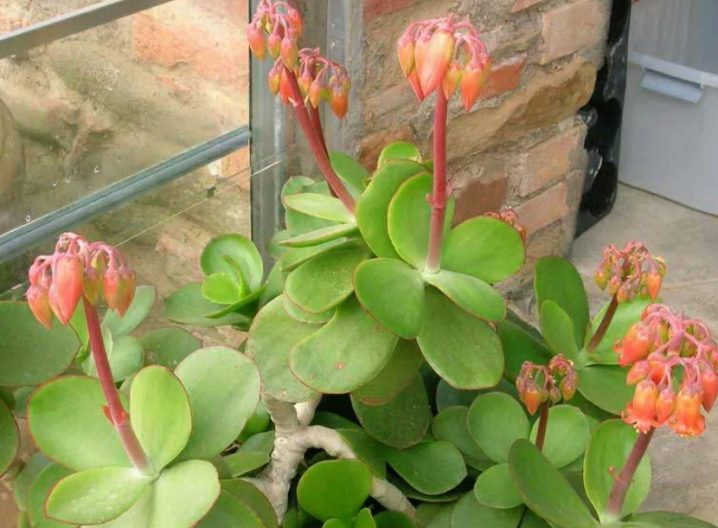
Growing
Succulents are used not only as window-sill plants - they are involved in bonsai decoration, as well as in flower compositions for landscape design. Cotyledons in containers during the warm season can complement all types of alpine slides, in the fall they should be brought indoors. It is not difficult to grow exotic plants at home. We will tell you in more detail how to do this.
Location
In their historical homeland, cotyledons grow in a hot, dry climate. Therefore, in a house or apartment, they need to choose the warmest and sunniest place. A window sill with a window facing south is most suitable, and the most unfortunate location is on the north side of the house. From a lack of light, the succulent will lose its decorative properties: the leaves will turn pale, elongate, the shape of the bush degrades, flowering should not be expected.
The most comfortable mode for cotyledon is 20-27 degrees during the day and at least 18 degrees at night. In the warm season, it is better to take the plant out into the fresh air: into the courtyard, onto the balcony, loggia, ventilated veranda. If succulents complement an alpine slide in a southern climate, where the air temperature rises to 40 degrees during the day, it is better to shade the flower garden during the hottest period of the day.
In winter, the bushes need rest to gain strength before flowering. They are left in a room with a temperature of 12-17 degrees and stop watering.
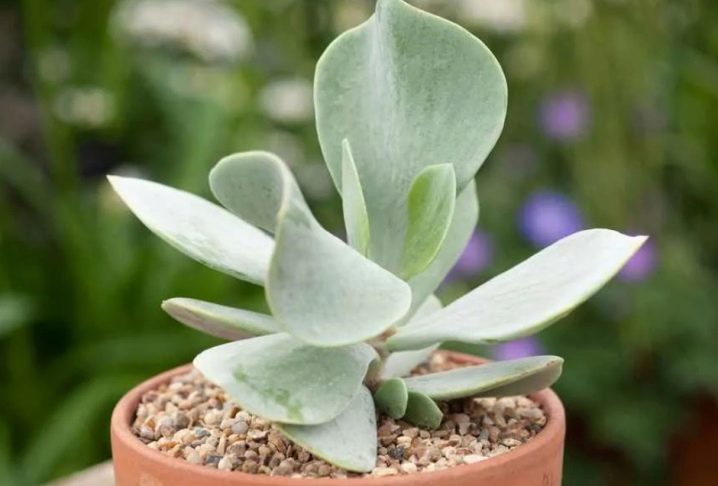
The soil
Under natural conditions, cotyledons do not "fatten", they grow on poor soils. They need to create something similar at home. It is most convenient to purchase a ready-made soil mix for succulents. For self-preparation, you will need to mix a kilogram of garden soil, clay mixture, turf, peat, as well as 500 g of sand and fine gravel each.
Watering
Succulents accumulate moisture in the leaves. Therefore, they do not need frequent, let alone abundant watering. But you should not completely forget about the colors. At a comfortable temperature (20-25 degrees), if the soil does not harden, you can water it 3-4 times a month at regular intervals.
The higher the air temperature, the more often you will need watering. During hibernation, they are not irrigated, but if the plant hibernates at normal room temperature, the respect regime is not changed.
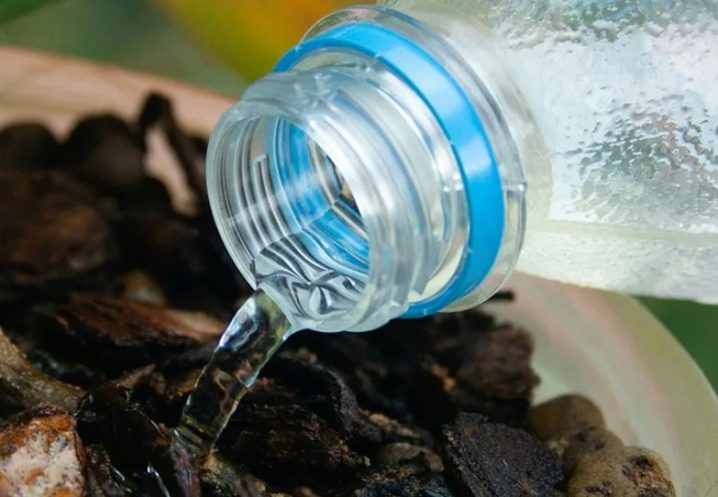
Top dressing
Cotyledons are accustomed to poor soils, so they do not need frequent feeding, it is enough to apply fertilizers 1-2 times during the growing season. You can not do this during the freezing of the plant (in winter). For cotyledons, ready-made compounds are purchased that are suitable for growing cacti and succulents.
Transfer
Succulents grow slowly; a young plant should not be disturbed by a transplant until it is fully mature. A matured bush is transferred to another container only when its leaves go beyond the boundaries of the pot, this happens about once every 3 years.
In order not to damage the fibrous root, the plant is transplanted by transferring it from one pot to another along with a lump of earth. The new container should be 2-3 cm larger than the old one. Fresh drainage is prepared for the flower.
The soil mixture is purchased in specialized stores, using a substrate intended for succulents.
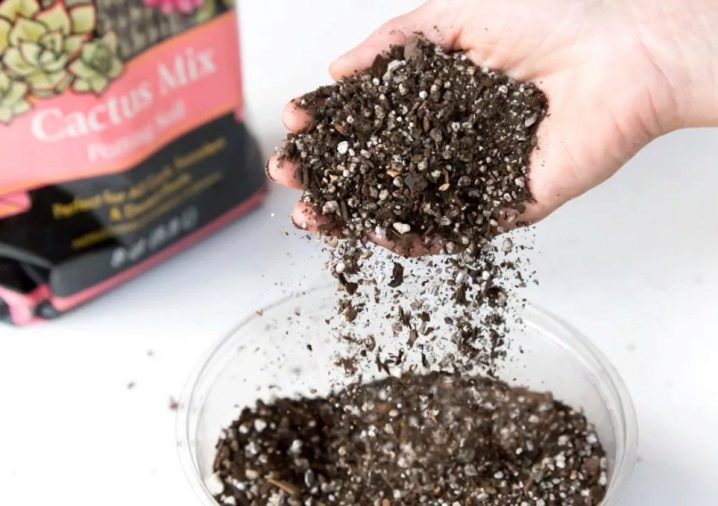
Reproduction methods
Cotyledons reproduce by seeds and vegetatively. Let's consider each of them separately.
Seminal
Ornamental perennial seeds are purchased at retail outlets for flower growers. You should pay attention to the shelf life, every year the percentage of germination decreases. The package with planting material will indicate the scheme of application, it can be used when growing seedlings.
Low containers are chosen for sowing seeds. Fill them with peat soil with sand (2: 1), then moisten them evenly. Seeds are laid out in steps of 5–6 cm, sprinkled with a thin layer of earth (0.5–1 cm) and lightly watered again.
The containers are covered with cellophane and placed in a warm place. Watering is carried out as the soil dries up, this rarely happens under the film. Every day, the "greenhouse" is opened for 10–20 minutes for airing. When shoots appear, the film is removed.
Seedlings are planted when 3-4 leaves appear on them, for this they use a small container - 7-8 cm in diameter.
At seedlings, the roots rot quickly - you should not be zealous with watering, gentle irrigation from a spray bottle is used.

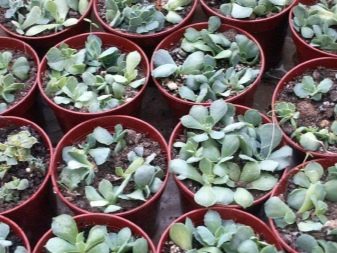
Vegetative
Depending on the species, cotyledons are propagated by leaf cuttings or apical cuts containing 3-4 leaves. The place of the cut of the mother flower is sprinkled with charcoal, and the planting material is left to dry for 10-12 hours, then treated with growth stimulants.
The cut tops or leaves are placed in a moist substrate of sand and peat and placed on a windowsill. The cuttings are covered with a curtain, protecting them from direct sunlight. The soil is often moistened until roots appear.
According to flower growers, few people succeed in propagating cotyledon by leaf cuttings. But on the forums there are statements about positive results.
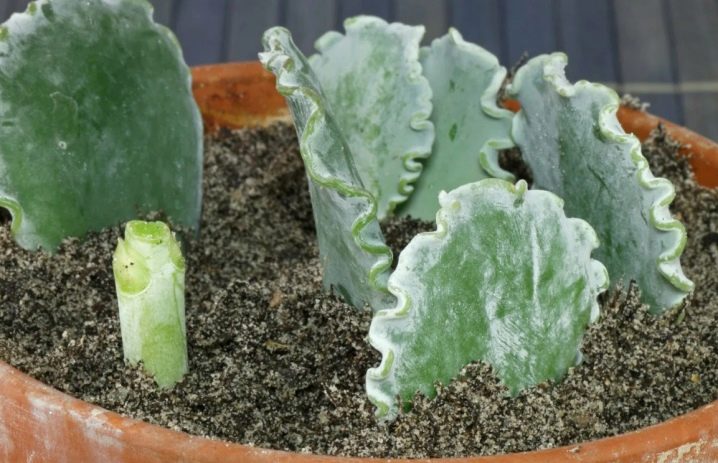
Diseases and pests
Succulents are resistant to disease and, with proper care, are not a hassle. But in some cases, the following problems can be observed in cotyledons.
- Excessive watering can lead to rot damage to the root system. In this case, you should remove the plant from the pot, remove the infected fragments and rinse the fibrous root with a manganese solution.
- In case of a disease with a scab, yellowish sticky spots form on the leaf plates. With severe damage, the leaves dry and fall, and flowering may not occur. In the fight against the scabbard, the drug "Actellik" is used. Those who do not want to use chemicals can try to treat the plant with a soapy solution with the addition of alcohol or garlic infusion.
- Mealybug (felt) Is the most common pest affecting succulents. The plant becomes covered with a milky bloom and stops growing. At the initial stage of the disease, parasites can be removed with a swab dipped in alcohol or tobacco tincture, cyclamen. In advanced cases, you will have to resort to chemicals - spray the bush with "Fitoverm".
- Aphids can also pester cotyledons, insect colonies are easy to spot with the naked eye. Leaves become sticky, flat plates curl up, thick ones become deformed. In the fight against aphids, folk remedies are used: dusting plants with wood ash, spraying with infusions of tansy, marigold, tobacco. If there are no results, you should use chemistry: drugs "Decis", "Fitoverm".
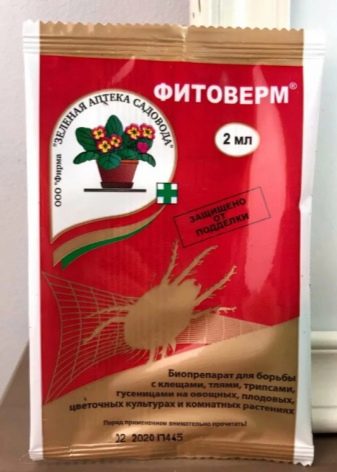
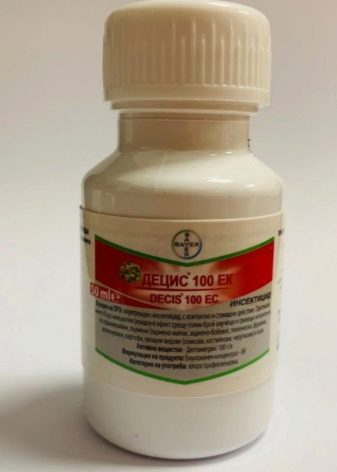







































































































The comment was sent successfully.